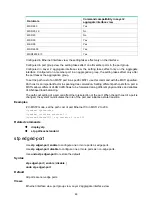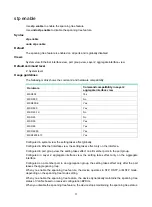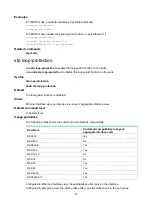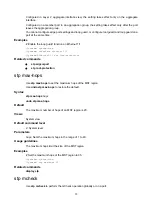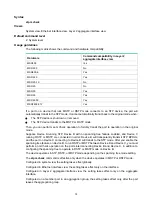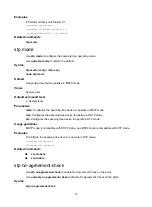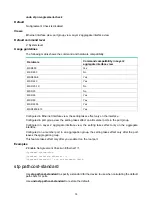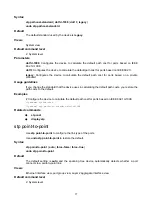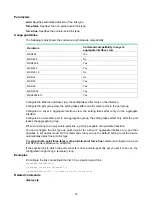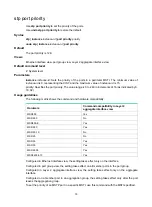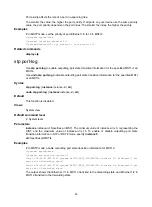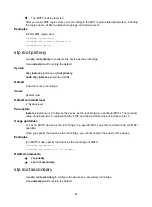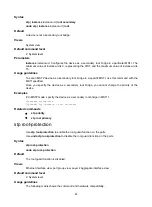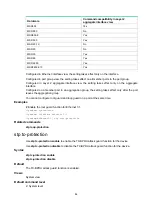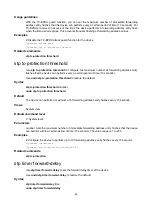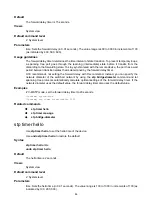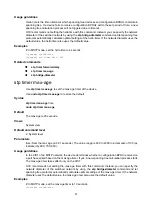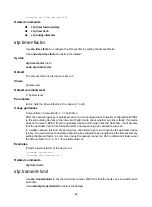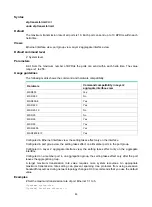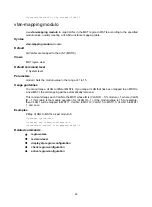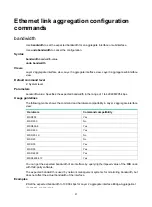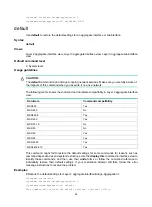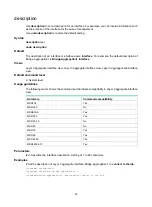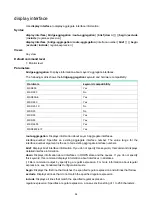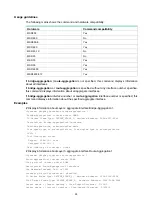
80
Port priority affects the role of a port in a spanning tree.
The smaller the value, the higher the port priority. If all ports on your device use the same priority
value, the port priority depends on the port index. The smaller the index, the higher the priority.
Examples
# In MSTP mode, set the priority of port Ethernet 1/3 to 16 in MSTI 2.
<Sysname> system-view
[Sysname] interface ethernet 1/3
[Sysname-Ethernet1/3] stp instance 2 port priority 16
Related commands
display stp
stp port-log
Use
stp
port-log
to enable outputting port state transition information for the specified MSTI or all
MSTIs.
Use
undo stp
port-log
to disable outputting port state transition information for the specified MSTI
or all MSTIs.
Syntax
stp
port-log
{
instance
instance-id
|
all
}
undo
stp
port-log
{
instance instance-id
|
all
}
Default
This function is disabled.
Views
System view
Default command level
2: System level
Parameters
instance instance-id
: Specifies an MSTI. The minimum value of
instance-id
is 0, representing the
CIST, and the maximum value of
instance-id
is 15. To enable or disable outputting port state
transition information in STP or RSTP mode, specify
instance 0
.
all
: Specifies all MSTIs.
Examples
# In MSTP mode, enable outputting port state transition information for MSTI 2.
<Sysname> system-view
[Sysname] stp port-log instance 2
%Aug 16 00:49:41:856 2006 Sysname MSTP/3/MSTP_DISCARDING: Instance 2's Ethernet1/1 has
been set to discarding state!
%Aug 16 00:49:41:856 2006 Sysname MSTP/3/MSTP_DISCARDING: Instance 2's Ethernet1/2 has
been set to forwarding state!
The output shows that Ethernet 1/1 in MSTI 2 transited to the discarding state and Ethernet 1/2 in
MSTI 2 transited to the forwarding state.




